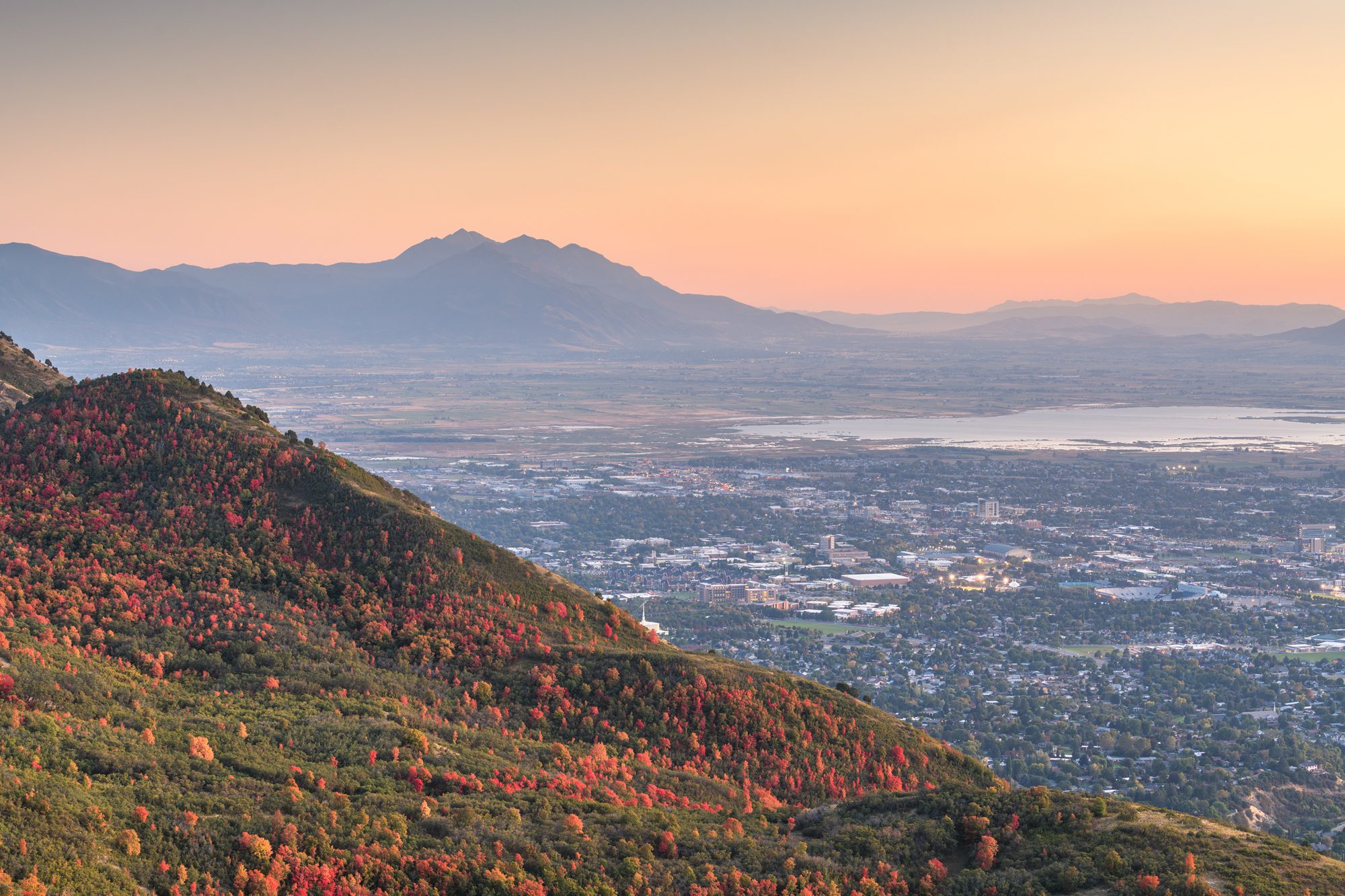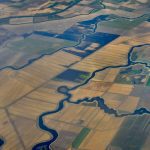- Reservoir drawdowns doubled since June.
- Statewide storage at 67%, down from 83% last year.
- Great Salt Lake fell two feet since April.
- Officials urge stronger water conservation.
Monday, August 25, 2025 — Utah’s reservoirs are showing steep declines, according to the Utah Division of Water Resources . Since June 1, drawdowns have occurred at more than twice the usual rate. Officials attribute the losses to high summer demand, low spring runoff, and persistently dry conditions.
. Since June 1, drawdowns have occurred at more than twice the usual rate. Officials attribute the losses to high summer demand, low spring runoff, and persistently dry conditions.
“Reservoirs are our first line of defense against drought and are vital for our communities and ecosystems,” said Candice Hasenyager, director of the Division, in a statement on August 21 . “The rapid decline we’re seeing is a clear signal that we must be more vigilant and use less water.”
. “The rapid decline we’re seeing is a clear signal that we must be more vigilant and use less water.”
Current Storage and Great Salt Lake.
Statewide reservoir storage now stands at 67%. While this is only slightly above the long-term average of 65% for late August, it is well below the 83% reported at the same time in 2024.
The U.S. Geological Survey reported that the Great Salt Lake reached its seasonal peak in April at an elevation of 4,193.6 feet. By August 21, the lake had dropped to 4,191.6 feet, reflecting both heat and demand.
“A hot summer and increased demand have contributed to low reservoir levels and the decline of Great Salt Lake,” Hasenyager said. “We will continue to see these critical water bodies decline until temperatures cool and the irrigation season ends in October.”
Snowpack and Water Supply.
Utah relies heavily on mountain snowpack for its water supply, with about 95% of resources originating from winter snow. Reservoirs are designed to capture this water for use during the summer and during drought years. The accelerated drawdown emphasizes how important storage remains in balancing seasonal shortages.
Continued Conservation Measures.
The Department of Natural Resources is continuing to encourage conservation through multiple initiatives. The Agricultural Water Optimization Program supports farmers in implementing water-saving technologies, while the public can access tips and resources through SlowtheFlow.org
supports farmers in implementing water-saving technologies, while the public can access tips and resources through SlowtheFlow.org . The campaign highlights indoor conservation strategies as well as outdoor practices that can stretch limited supplies.
. The campaign highlights indoor conservation strategies as well as outdoor practices that can stretch limited supplies.



